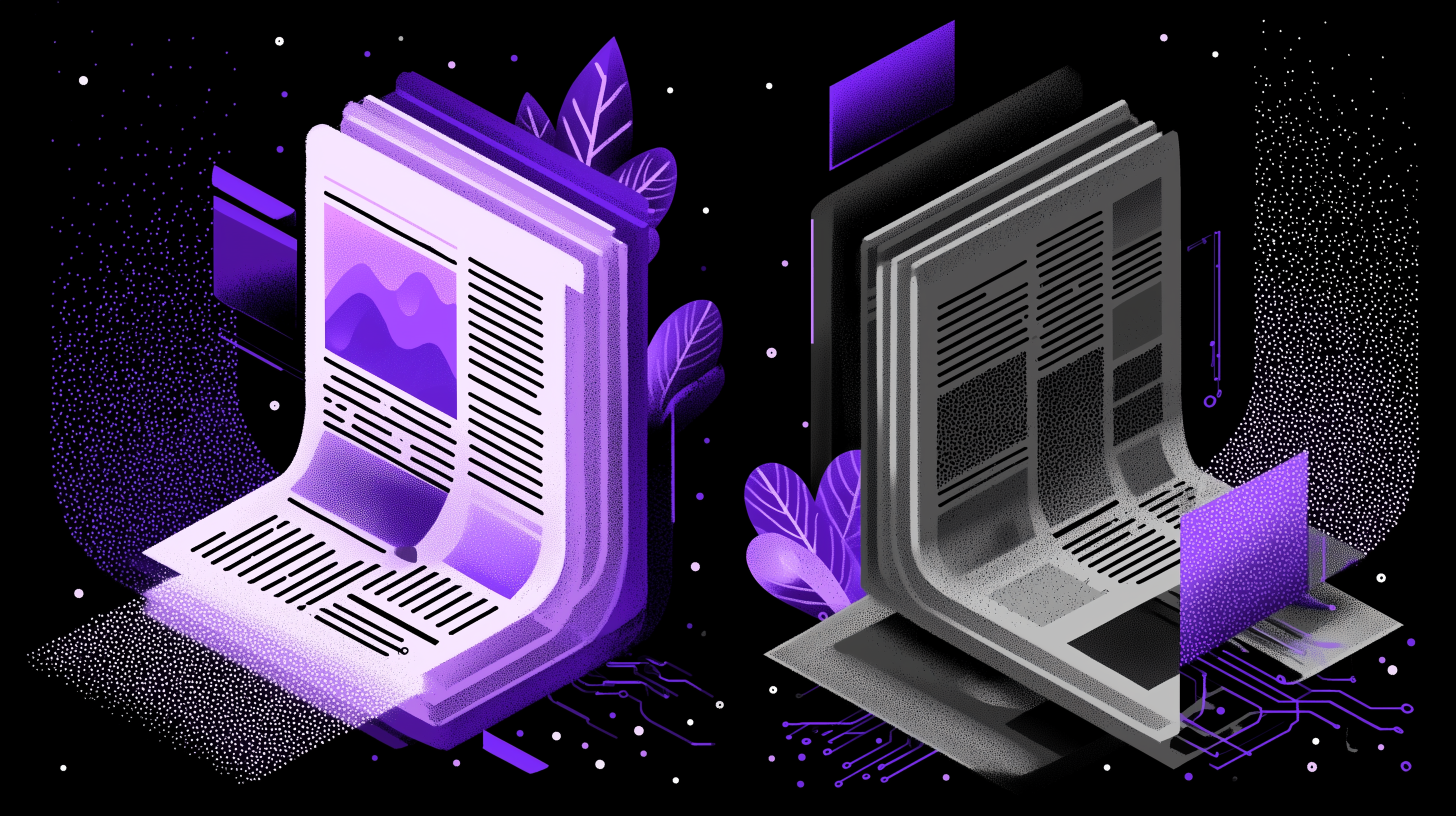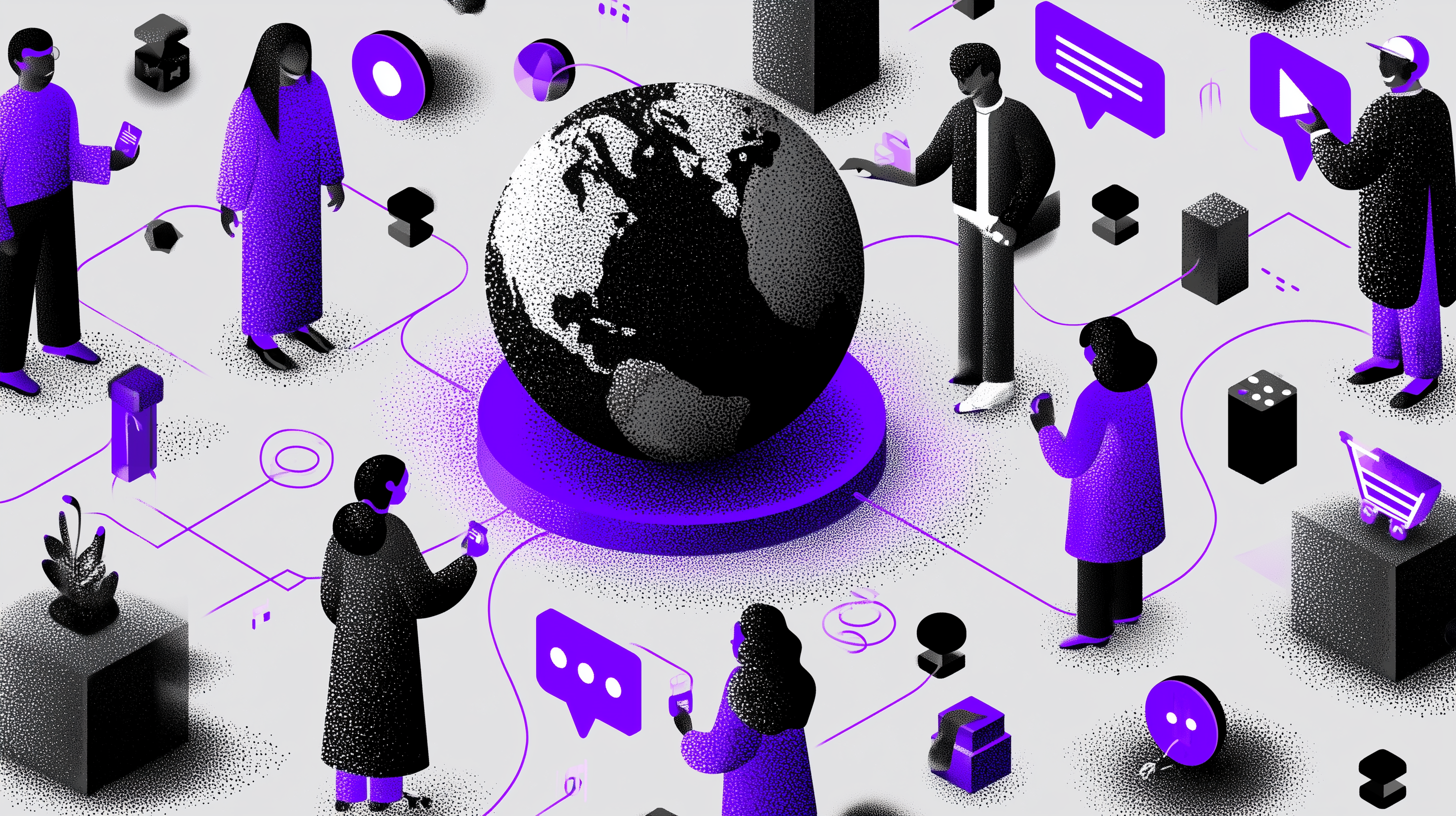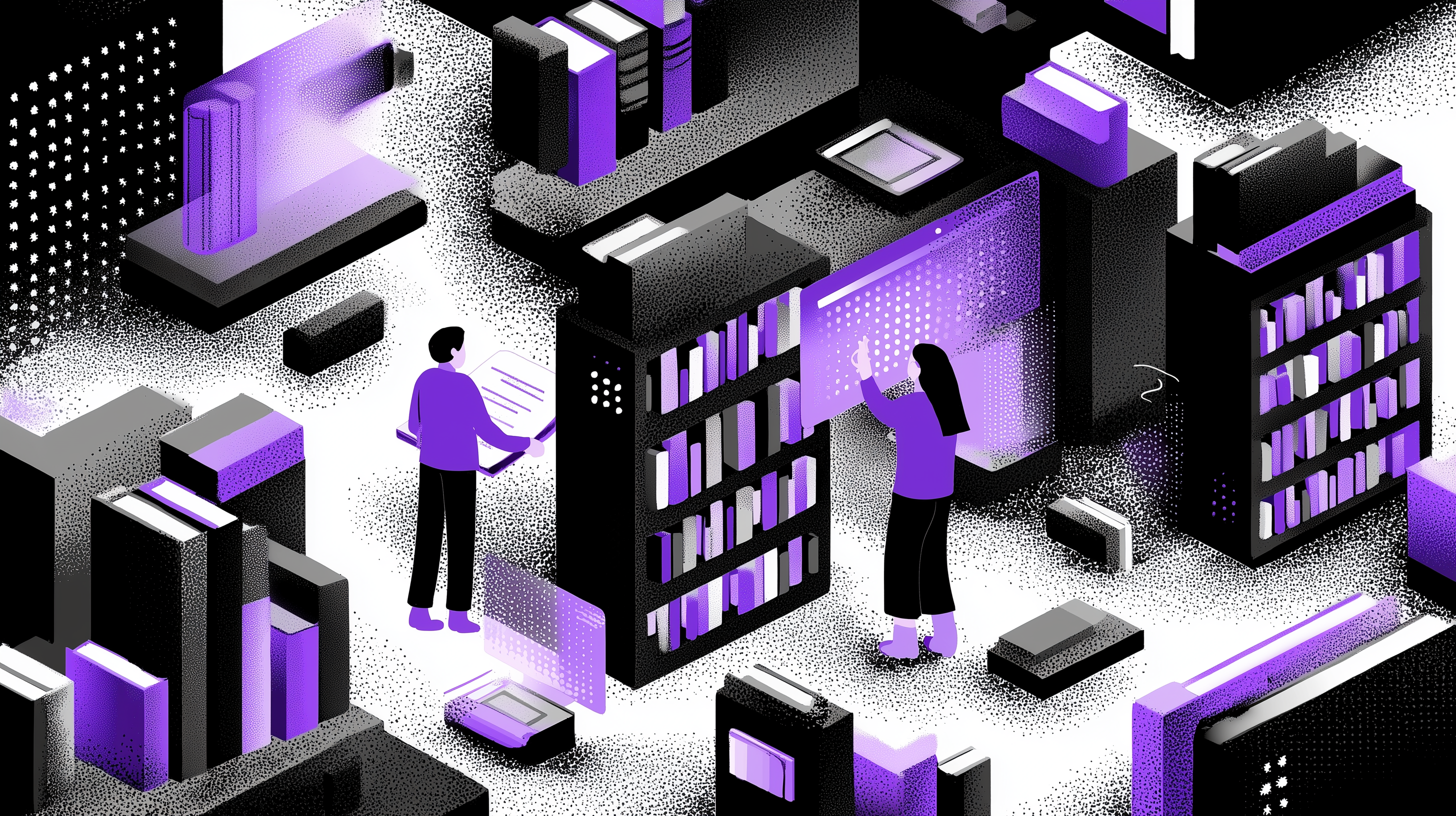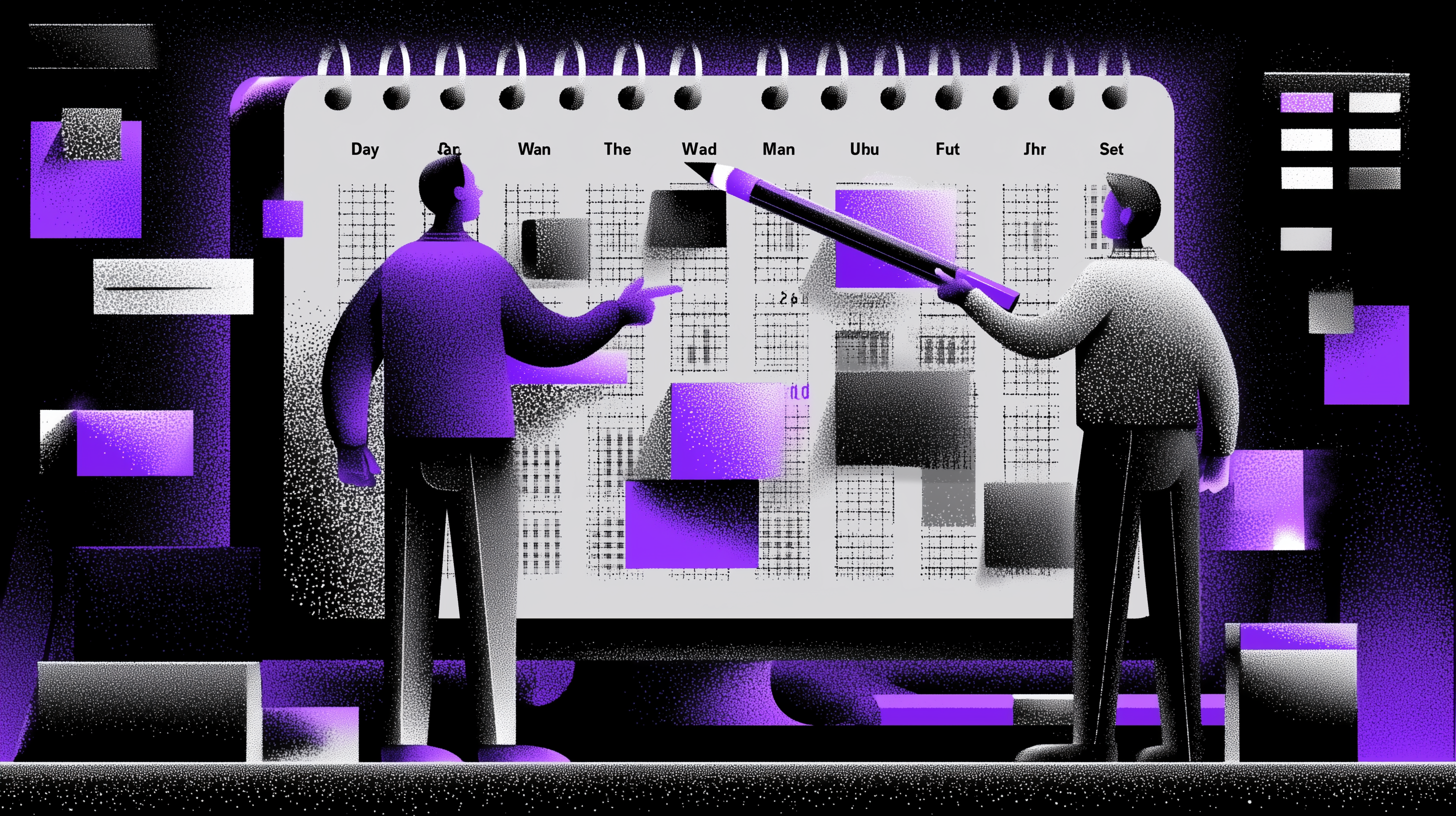AI and print: how far can artificial intelligence transform the creation of posters and advertising brochures?

Discover how AI is revolutionizing poster and brochure design
Far from replacing creatives, artificial intelligence is a powerful tool that automates and optimizes print design.
The idea of a machine capable of designing an advertising poster from A to Z long belonged to science fiction. Yet, by early 2025, this vision is becoming reality. But does the arrival of AI in the print world signal the end for graphic designers and art directors? The answer is no. AI is not here to take their place but to provide them with a new superpower: creative automation.
This is not a destructive revolution, but an augmenting transformation. AI does not replace creativity, emotion, or aesthetic judgment. Instead, it manages the most repetitive tasks: generating variations, adapting formats, and producing routine content. By freeing creatives from these tasks, AI allows them to focus on what truly matters: visual storytelling, brand strategy, and audience connection.
AI doesn’t replace creatives, it empowers them
The history of graphic design has always been shaped by evolving tools. From pencils to desktop publishing software, each innovation has changed how designers work without ever devaluing human talent. AI is simply the next logical step in this evolution.
It acts as a personal creative assistant. Faced with a blank page, a designer can now use an image generator to explore thousands of concepts in seconds. AI does not create the original idea; it materializes it, so the human can judge, refine, and perfect it. This collaborative process between human and machine is at the core of the creative workflow.
“AI is a co-pilot: it doesn’t fly the plane but helps us avoid turbulence. It manages the tasks that waste our time, allowing us to focus on strategic piloting and the creative destination.” — Danilo Duchesnes, marketing automation expert.
From prompt to print: concrete AI applications
AI capabilities emerge at several levels in the production chain of a poster or brochure.
Visual generation and idea exploration: overcoming the blank page
Tools like Midjourney, DALL-E, or Adobe Firefly have become essential for professionals. From a simple text prompt, they generate images, illustrations, and textures. Designers can instantly explore multiple creative directions, bypassing the limitations of stock image searches or photography. It’s an instant idea bank (HubSpot).
Optimizing ad copy and messaging
AI isn’t limited to images. Large language models like GPT-4 can produce catchy headlines, memorable slogans, and brochure copy optimized for conversion. By analyzing vast amounts of data, AI suggests keywords that resonate with target audiences. It’s a valuable ally for marketing teams, capable of generating localized and adapted versions in seconds (HelloPrint).
Automating content adaptation and versioning
Here’s where AI becomes a real game-changer for productivity. Once a visual concept and messaging are approved, AI can automatically adapt the creation across multiple formats: a 4x3 poster, an A4 brochure, a flyer, a press insert, etc. It ensures that every element (logo, text, image) remains consistent with brand guidelines.
Infobox: Productivity impact
A McKinsey & Company (2023) study estimates that adopting AI technologies in design processes can reduce creation time by 40–50%. This automation allows teams to focus on campaign optimization and strategy rather than repetitive tasks. Investments in AI directly translate into operational efficiency gains and shorter production cycles.
MTM, an ally for creative workflows
Integrating AI into print design goes beyond a single image-generation tool. It fits into a broader creative workflow approach. That’s where platforms like MTM come in, designed to centralize and optimize collaboration across teams.
How MTM manages smart archiving and versioning
Managing design files can quickly become a nightmare. MTM leverages AI for smart archiving and asset management. Every version of a poster or brochure is automatically stored and organized. Teams can retrieve older versions instantly, eliminating errors and wasted time.
MTM for seamless collaboration and reviews
The review and validation phase is often a source of friction. With MTM, teams can share clear review links, leaving contextual comments directly on visuals. Combined with AI-powered analytics, this feature identifies bottlenecks and accelerates approval processes, ensuring a smooth collaborative workflow.
Future outlook: toward smarter print marketing
AI is already paving the way for more personalized and relevant print marketing. By leveraging customer data, it becomes possible to tailor visuals and messages to specific segments, making print materials more effective and measurable (Atelier Images & Cie).
Print, long seen as static, is evolving into a complementary role alongside digital: targeted, intelligent, and still tangible.
Conclusion: AI, the designer’s best friend ?
Automating print design with AI is a major breakthrough, comparable to the arrival of computers in design studios. It does not signal the end of print but its renaissance. Machines handle production tasks, while humans focus on the essence of their craft: creativity, emotion, and innovation.
AI is the co-pilot helping us reach our creative destination faster. It gives us the means to test, iterate, and produce at a scale unimaginable just a few years ago. The future of marketing and design lies in this synergy between AI’s computational power and human ingenuity. By embracing this collaboration, print professionals will not only survive but thrive.
FAQ: Your questions about AI and graphic design
Will AI make graphic designers obsolete?
No. AI is a production tool, not a creative brain. Designers’ roles are evolving from manual execution to art direction, AI tool management, and strategy.
Can AI-generated images be printed without legal risk?
Copyright for AI-generated images is complex. Use tools like Adobe Firefly, which guarantees commercial-use rights, or carefully check each platform’s licensing terms.
How much does an AI poster design tool cost?
There are free tools (Canva) and more advanced paid services. Pricing depends on quality, volume, and features. Workflow platforms like MTM offer scalable plans for teams of all sizes.
How are communication agencies adapting?
Agencies are integrating AI into their services to deliver faster, more competitive solutions. They are specializing in “prompt engineering” (the art of crafting precise AI instructions) and workflow optimization.
Can AI create truly original, custom designs?
AI excels at generating variations and drawing from millions of existing designs. However, the unique vision, brand concept, and emotional connection with audiences remain human-driven.



